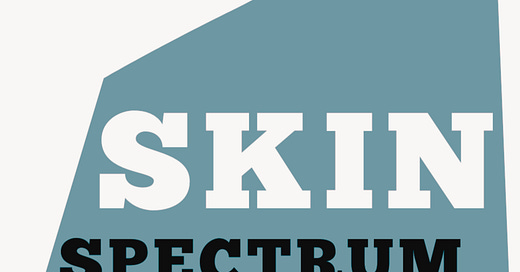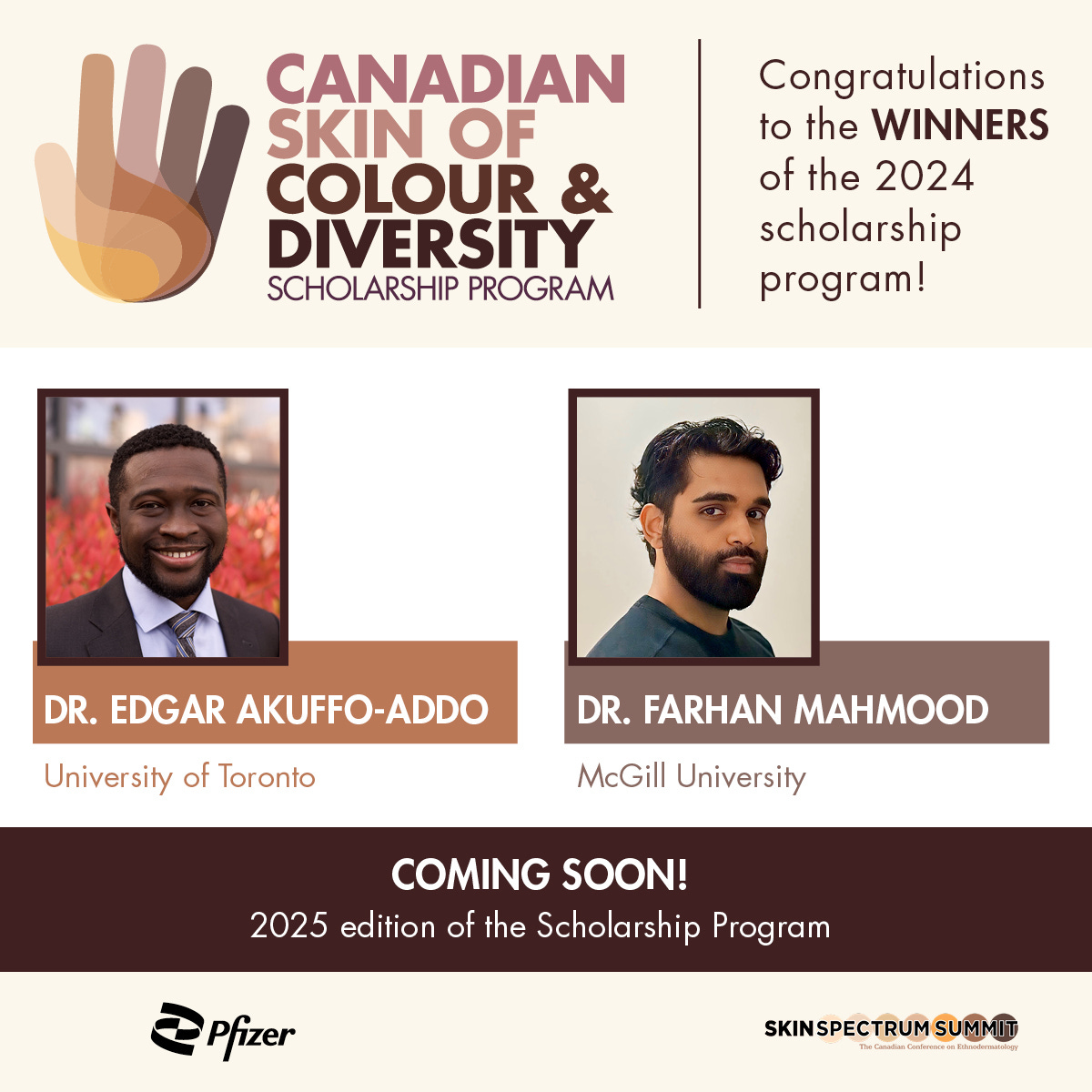Picosecond laser for tattoo removal in Fitzpatrick IV skin
Q-switched Nd-YAG laser effectively and safely removed tattoo pigment in a population of Middle Eastern patients (1,600 words, 8 minutes)
In a population of Middle Eastern patients with mostly Fitzpatrick skin type IV, picosecond Q-switched Nd-YAG laser effectively and safely removed black tattoos, frequently in just two treatment sessions.
These findings were published in Lasers in Medical Science (Aug. 13, 2024; 39:214).
The authors write that Q-switched lasers with nanosecond-scale pulse durations have been considered the best devices for the selective removal of tattoo pigments in the skin for decades. However, the thermal relaxation time of most tattoo pigments is in the picoseconds. This means pulse durations in the nanoseconds are too long to break tattoo ink particles down into smaller particles completely.
To evaluate the efficacy and safety of a picosecond Q-switched Nd-YAG laser in treating black tattoos in the skin of Middle Eastern patients with mostly Fitzpatrick skin type IV, the study authors recruited 20 patients with skin type IV and professional black tattoos.
Each patient received two laser treatment sessions eight weeks apart. Treatment was done with a 1,064 nm Nd:YAG laser in a single pass without overlap. Operators used a zoom handpiece with a spot size of 2 or 3 mm, a fluence of 4 to 5 J/cm2, a pulse duration of 450 picoseconds, and a repetition rate of 1 to 2 Hz. They adjusted parameters based on the size of the tattoo and the patient’s skin type.
Post-procedure cold compresses were used to minimize discomfort for about 30 minutes, and patients were advised to use topical antibiotic cream on the target area after each laser treatment session.
Investigators found the percentage of improvement ranged from 20.0 to 95.0, with a mean of 61±24.6. Eight patients (40%) showed excellent improvement, four (20%) showed marked improvement, four (20%) showed moderate improvement, and four (20%) showed mild improvement.
The researchers observed no severe side effects.
“Picosecond Nd-YAG laser was an effective and safe technique in the treatment of black tattoos in the Middle Eastern skin type, mostly skin type IV patients. With only two sessions, most patients reached excellent to moderate response. Picosecond lasers may achieve a satisfactory result with fewer sessions and side effects,” the authors write in their conclusions.
From the literature on dermatology in skin of colour
Efficacy and safety of low-fluence 730 nm picosecond laser in the treatment of melasma in Chinese patients
Researchers conducted a retrospective review of all patients who presented to a single clinic between April 2021 and April 2022 for the treatment of melasma with a 730 nm picosecond laser alone. All 25 patients had Fitzpatrick skin types II to IV.
Researchers assessed the efficacy of the laser based on the Melasma Area and Severity Index (MASI) score using high-resolution photographs evaluated by blinded dermatologists.
Patients were treated for an average of 3.56±0.77 treatment sessions. The mean MASI scores decreased by 33.7% to 7.55±6.08 from 11.38±6.60 at an average of 8.48±2.16 weeks of follow-up (p<0.001). Among the patients, one experienced a 79% decrease, six had decreases ranging from 51% to 75%, 10 had decreases ranging from 26% to 50%, five had a reduction of less than 25%, and three experienced no changes in MASI scores. The investigators observed no hyper- or hyperpigmentation.
Free crushed cartilage filler graft to optimize tip aesthetics in Asian rhinoplasty
In this paper, the senior author describes their free crushed cartilage filler graft technique to optimize nasal tip aesthetics in Asian rhinoplasty.
The authors retrospectively review all patients treated in their clinic with free crushed cartilage filler grafts with at least 12 months of follow-up. Researchers reviewed medical records for patient demographics, intra-operative manoeuvres, and complications. They also analyzed photographs to evaluate changes in nasal length, tip height, nasolabial and columellar-labial angles, and aesthetic complications.
A total of 66 patients were included, with an average follow-up of 16.3 months. Nasal length was 8.3% greater at follow-up than pre-op (p<0.01), and nasal tip height was 12.7% greater than pre-op (p<0.01). Aesthetic analysis demonstrated that 6.1% of patients had an amorphous tip, 3.0% had an irregular or asymmetric tip, and 4.5% had visible tip grafts. 12.1% of patients expressed aesthetic dissatisfaction, but none was recommended for or pursued revision surgery.
Pilot study to demonstrate improvement in skin tone and texture by treatment with a 1,064 nm Q-switched neodymium-doped yttrium aluminum garnet laser
Researchers evaluated changes in skin tone, skin texture, and overall improvement in the skin of 13 women after a series of treatments with a 1,064 nm q-switched neodymium-doped yttrium aluminum garnet (QS Nd:YAG) laser.
Each participant received seven full-face treatments with a 1,064 nm QS Nd:YAG laser at two-week intervals. The investigators and participants evaluated skin tone and texture improvement at one, three, and six months after the last treatment. The researchers recorded patient satisfaction, discomfort, downtime, and adverse events and evaluated histological changes in the treated area.
Most of the participants (53.9%) had skin type VI. One month after the last treatment session, 38% of participants reported good to very good improvement. This value increased to 100% participant improvement at both the three-month and six-month follow-up visits. The reduction in melanin index and the histological analysis demonstrated that the laser procedure contributed to a reduction in epidermal melanin content. Treatments were not associated with high levels of pain or discomfort. The most common immediate post-treatment response was erythema and edema. Most participants were satisfied with the resulting treatment outcome.
VIDEO: Laser hair removal for men. Black skin, beard, pseudofolliculitis barbae
Dr. Degha Fongod, an internal medicine physician practicing aesthetic medicine in Tysons Corner, Va., describes the hair-related concerns Black men present with in her clinic when seeking laser hair removal. Differences in treatment approach are also discussed.
Winners of the 2024 Canadian Skin of Colour & Diversity Scholarship Program announced
Pfizer Canada ULC and the Skin Spectrum Summit have announced dermatology residents Dr. Edgar Akuffo-Addo from the University of Toronto and Dr. Farhan Mahmood from McGill University as winners of the 2024 Canadian Skin of Colour & Diversity Scholarship program.
Now in its second year, the scholarship program aims to improve dermatologic care for underrepresented populations, including those with deeper skin tones, Indigenous Peoples, and other racialized individuals.
An independent committee of Canadian dermatologists selected both scholarship winners. Each recipient will receive $20,000 to fund their innovative projects.
The winning projects focus on identifying and addressing prevalent disparities in dermatologic care while also helping expand medical students’ knowledge about the experience of patients with skin of colour.
Dr. Akuffo-Addo’s project is “Voicing Opinions, Identifying Concerns, and Expectations of Patients with Skin of Colour Accessing Dermatological Care in Canada (VOICE-Canada Project).”
This project will focus on better understanding the experiences and unmet needs of patients with skin of colour seeking dermatologic care in Canada. In addition, the project aims to establish and evaluate a nationwide Dermatology Mentorship Program for medical students from underrepresented backgrounds to increase diversity in the field.
Dr. Mahmood’s project is titled “Painting the Gaps with Colour: A Learning Module on Skin of Colour Dermatoses and the Experiences of Indigenous Populations in Dermatology.”
His study will focus on developing a national self-learning module addressing common dermatoses in skin of colour, health disparities faced by Indigenous and skin of colour individuals, and the experiences of these patients from both a social determinants of health and cultural perspective. Dr. Mahmood’s goal is to see the module integrated into the medical school and dermatology residency program curricula across the country.
Pfizer Canada and the Skin Spectrum Summit are pleased to support the Canadian Skin of Colour and Diversity Scholarship again in 2025. Details will be available in spring 2025 at www.skinofcolourscholarship.com.
At the intersection of skin and society
Inuktut, one of the most widely spoken Indigenous languages in Canada, is now available through Google’s translation service, reports The Globe and Mail. This is the first time Google has included a First Nations, Metis, or Inuit language spoken in Canada on its platform.
According to the news outlet, this latest addition is part of a Google initiative to develop a single artificial intelligence language model to support 1,000 of the most spoken languages in the world.
Statistics Canada data suggest there are approximately 40,000 Inuktut speakers in Canada.
The news outlet spoke with Isaac Caswell, a senior software engineer with Google, who said the number of speakers of a language is not the sole determinant of its inclusion in Google Translate. There must also be enough online text data to pull from to create a language model.
Other Indigenous languages in Canada have “had simply too little data to have any usable machine translation model,” said Caswell.
“Inuktut really stands out in that it has a lot of clean and a lot of well written data, because, I think, the community is increasing online,” he said.
As part of the project, Google worked with Inuit Tapiriit Kanatami. This national organization represents about 70,000 Inuit in Canada to ensure the development of the model was true to the Inuktut language, including the ability to translate both of the language’s writing systems.
Inuit Tapiriit Kanatami has developed its own data set of common characters that can be used to write in any dialect of Inuktut to help ease written communication among the different Inuit regions.
“If we hadn’t had their help, we would have just been able to launch in syllabics, which undermines some of their current work,” said Caswell.
Users will have the ability to translate written Inuktut to English and vice versa through Google Translate. Other options, including the verbal translation tool, may come at a later time, said Caswell.
This week
Oct. 20 to 26 is Invisible Disabilities Week
Oct. 21 is National Witch Hazel Day in the U.S.
Oct. 23 is Medical Assistants Recognition Day
Something to think about in the week ahead . . .
—William Osler, Canadian physician and co-founding professor of Johns Hopkins Hospital (1849-1919).
Next week
In a presentation at the 2024 Indigenous Skin Spectrum Summit, Dr. Rachel Asiniwasis (Regina) spoke on integrating culturally competent frameworks into Indigenous skin health initiatives.
If you value Skin Spectrum Weekly, why not check out Chronicle’s other publications, podcasts, and portal?
The Chronicle of Cosmetic Medicine + Surgery is a scientific newspaper providing news and information on practical therapeutics and clinical progress in dermatologic medicine. The latest issue features:
Dr. Geeta Yadav (Toronto) advises on managing melasma using fractionated lasers.
Drs. Andrei Metelitsa (Calgary), Lisa Kellett (Toronto), and Vince Bertucci (Woodbridge, Ont.) review new and upcoming soft tissue filler products that may benefit Canadian practitioners.
Dr. Zaki Taher (Edmonton) shares his thoughts on the importance of lasers, radiofrequency microneedling, and platelet-rich plasma treatments in a cosmetic dermatology practice.
Plus, regular features, including the popular “Cosmetic Updateprovidedes a rapid overview of important news in the cosmetic space.
You can read a recent digital edition of The Chronicle of Cosmetic Medicine + Surgery here. To apply for a complimentary subscription or to request a sample copy, please email health@chronicle.org with your contact information.
The Women in Dermatology e-newsletter updates readers with new findings concerning dermatologic issues affecting women and the female dermatologists who care for them. Read the current issue here.
Season three of the Vender on Psoriasis podcast with Dr. Ron Vender has begun. Listen to the new season here. In episode five, Dr. Vender discusses whether vitamin D influences psoriasis severity, sex differences in psoriatic inflammation itch, and the risk of psychiatric disorders associated with acitretin.
And if you’re looking for a web destination for all things derm, visit derm.city, “Where Dermatology Lives.” Please like, rate, review, and share it with your colleagues.







